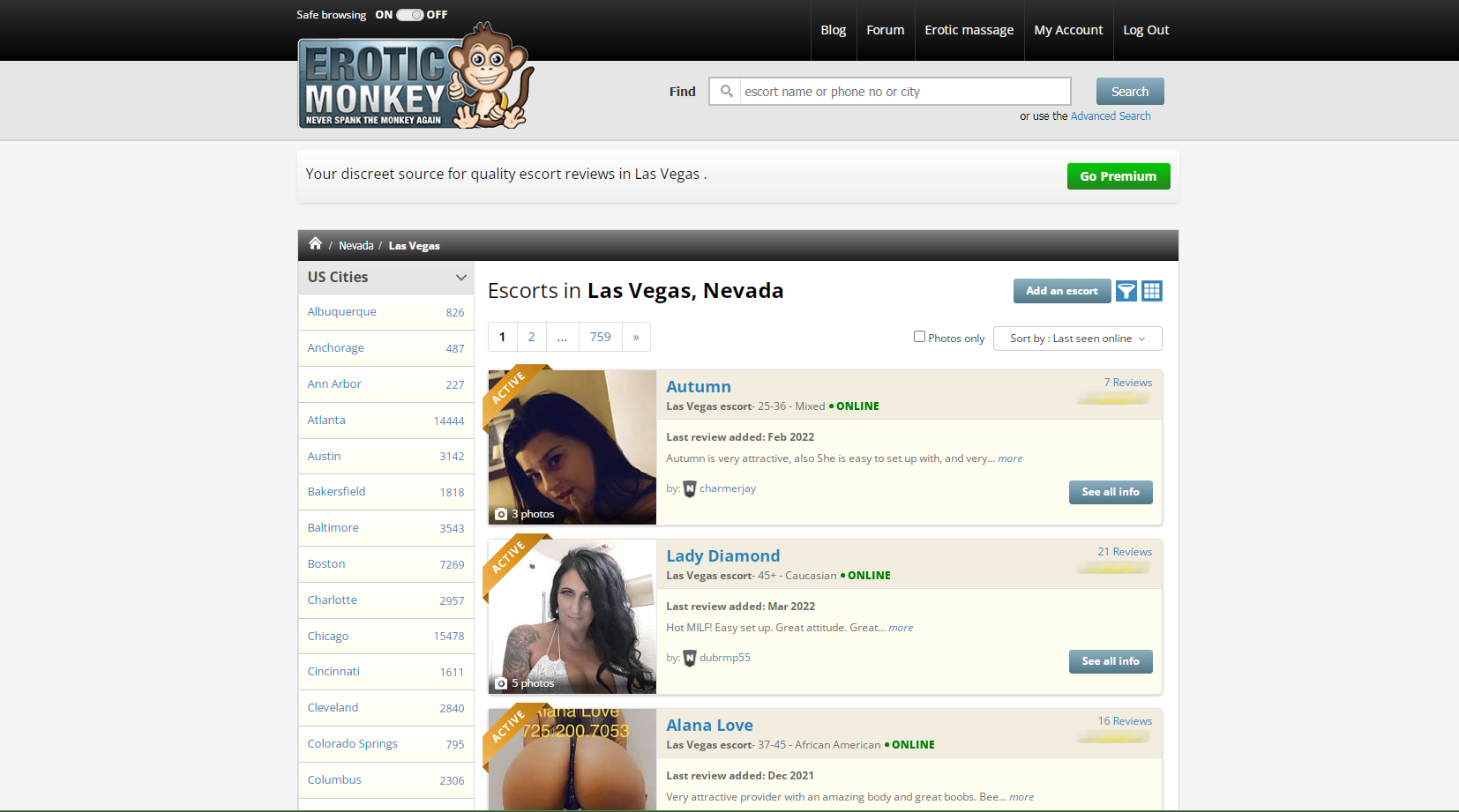
WEIGHT: 56 kg
Breast: Medium
1 HOUR:100$
Overnight: +50$
Sex services: TOY PLAY, Role playing, Sex oral without condom, Strap-ons, Striptease pro
But for all the muscle embodied by his boat, Bethune's biggest passion is what fuels the machine: biodiesel, a cleaner alternative to diesel that can be made from soybeans, used vegetable oil and even animal fat. The New Zealand native and former oil industry engineer doesn't have any qualms about using his horsepower craft to tout cleaner energy. It's all about visibility, he says, and the boat certainly has that.
It measures 78 feet long and has a needlenose bow and curved pontoons that make it look more like a Star Wars prop than a powerboat. But the design isn't for show: The pointed bow allows the craft to pierce waves instead bobbing over them and a travel at a more constant speed than regular powerboats, saving time and energy.

Bethune is showing off the boat on a six-month tour of North American ports. His message is it's easy to be environmentally friendly, even in the ostentatious world of powerboating.
But we're not anti-fun and you don't have to become a hermit" and shun life's pleasures to protect the environment, he says. Biodiesel benefits Ethanol fuel, which is typically made from corn or sugar, has gotten most of the renewable energy spotlight in recent months because it can run in gasoline engines. But Bethune, 41, wants to show that biodiesel is a good match for boats, which often have diesel engines. While emissions of smog-forming nitrogen oxide can be slightly higher with biodiesel than with diesel, emissions of particulate matter, a possible carcinogen, and carbon dioxide, a gas many scientists tie to global warming, are greatly reduced.

Biodiesel also smells better. Most of the time. Some biodiesel is made from animal fat, producing what the crew describes as a rank slaughterhouse smell. But most is made from soybeans, for a smell the sailors liken to "fish and chips with a bit of diesel. Bethune runs percent biodiesel in the engines, but advises other boaters to use a blend of up to 25 percent so they don't run into problems from poorly filtered biodiesel that could gunk up engines.




































